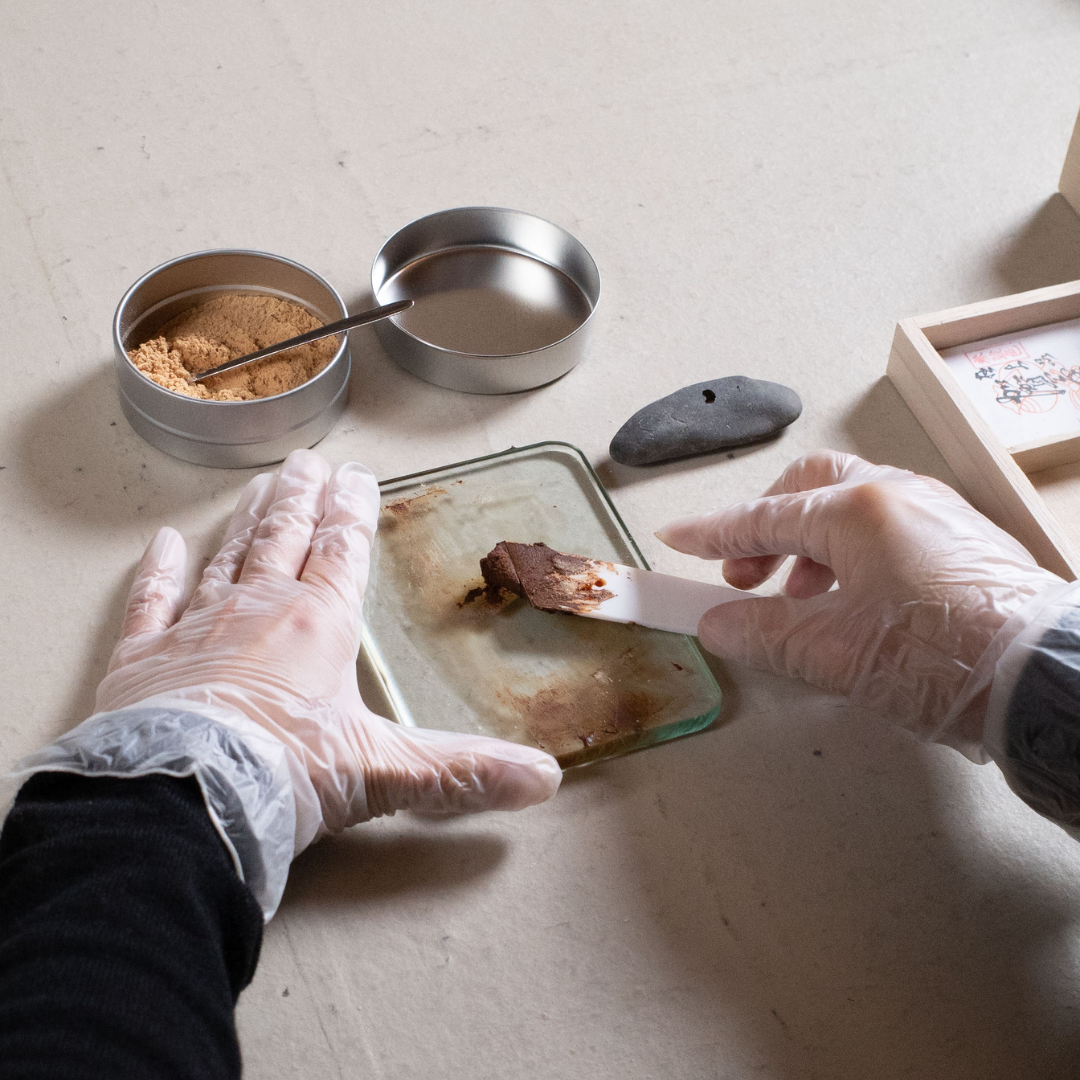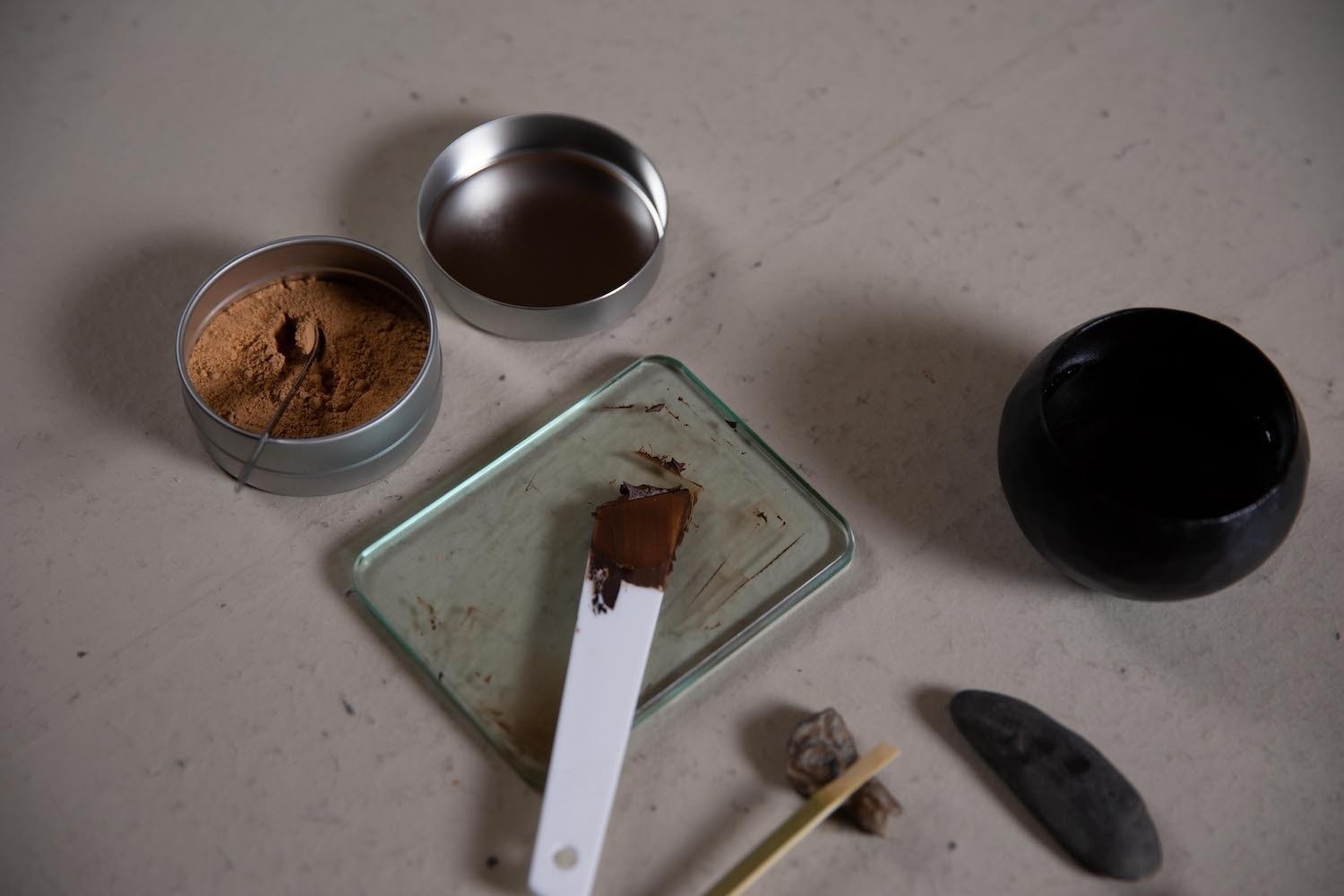Three ways to
Learn Kintsugi

Apprentice Program
Two-month intensive program. Study to practice and share the craft of kintsugi-repair with the the world, through our 100-hour apprenticeship in Kyoto. A thorough education of the logic, philosophy, and cultural context that are at the heart of the authentic Japanese tableware restoration technique.

In-studio Classes
In-studio classes take place at POJ Studio in Kyoto. Guided practice of the art of kintsugi, to acquire the skills necessary to repair your own wares. Participants receive step-by-step support and tailored advice on how to repair each of their unique pieces.

SELF-PACED LEARNING
Study kintsugi-repair at your own pace with our step-by-step video tutorials. And for those who prefer a screen-free experience, we also offer instructional leaflets. Both videos and leaflets guide you through three common types of breakages.
Disclaimer
Urushi lacquer, the sap of the urushi tree, is the base material of kintsugi technique. However, urushi contains a compound that can cause minor skin irritation, to a more severe allergic reaction, depending on the individual. Should you experience alarming inflammation from touching urushi, or from simply being in the presence of urushi, please remove yourself from the room and consult a doctor for immediate medical attention.
For most people, touching urushi will cause minor irritation and itchy skin that can last up to three weeks. Proper care like wearing gloves and a long-sleeve shirt while performing kintsugi, will help to prevent accidental contact with urushi.
POJ Studio is not liable for any adverse reactions caused by urushi. If you accidentally touch urushi, massage the affected area well with any plant-based oil straight away, like you would when removing make-up, and thoroughly wash with soap thereafter.


Food Safety
While urushi can cause skin irritation in its raw, wet state, once it has completely hardened, it is absolutely food safe. Urushi is one of the most durable natural materials and thus extremely well-suited for environmentally-responsible, long-lasting repair of ceramics, porcelain, and other wares.


